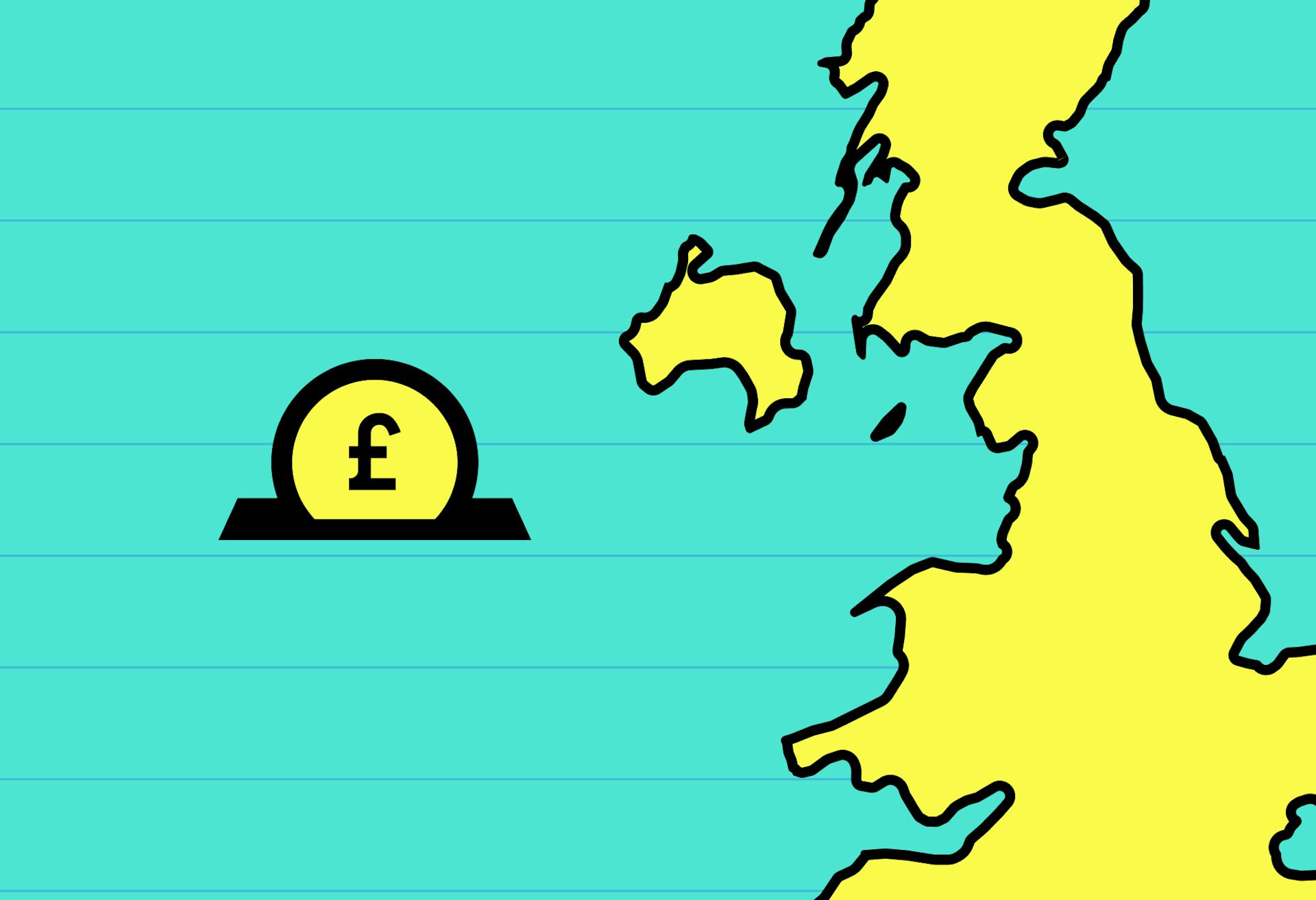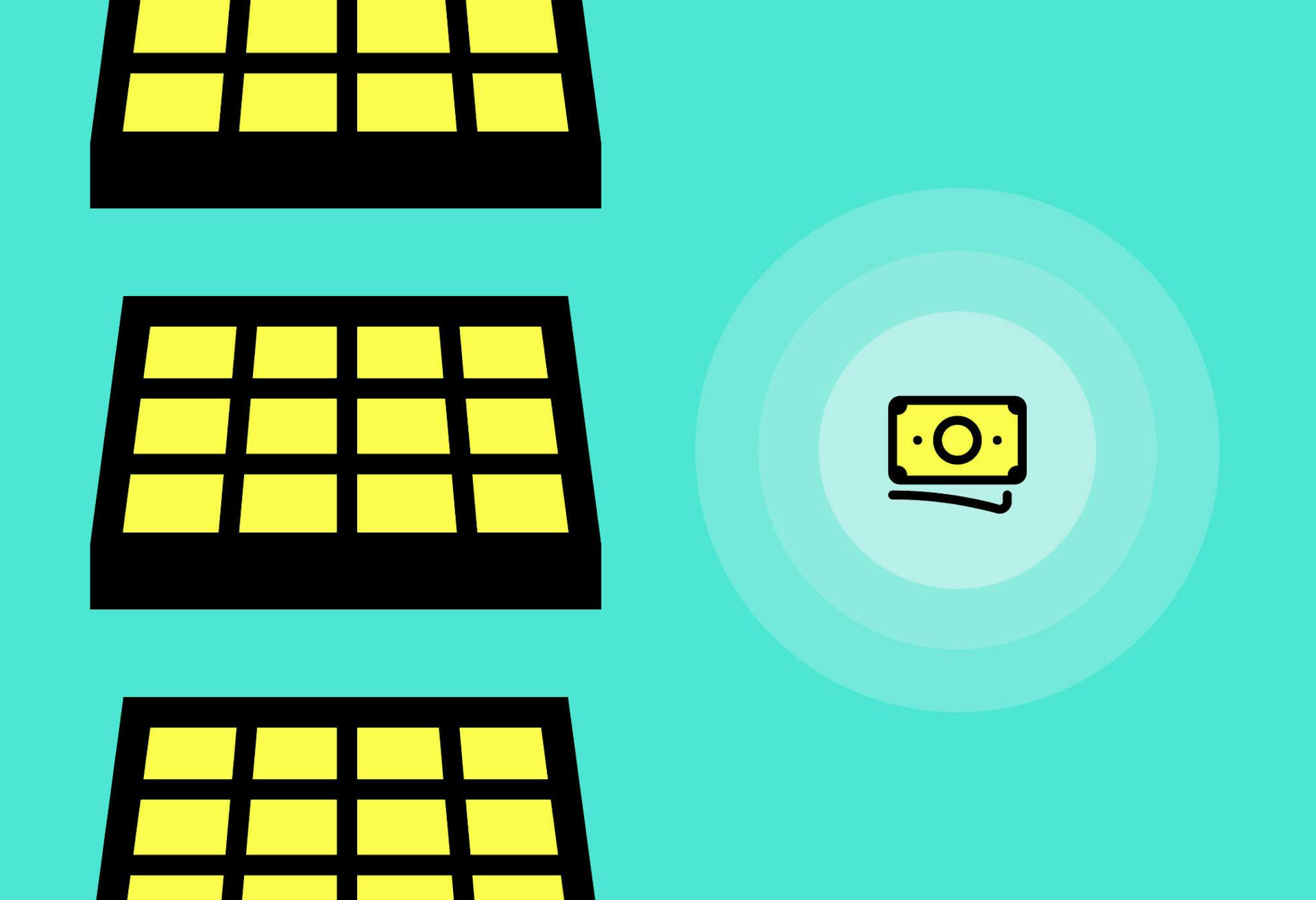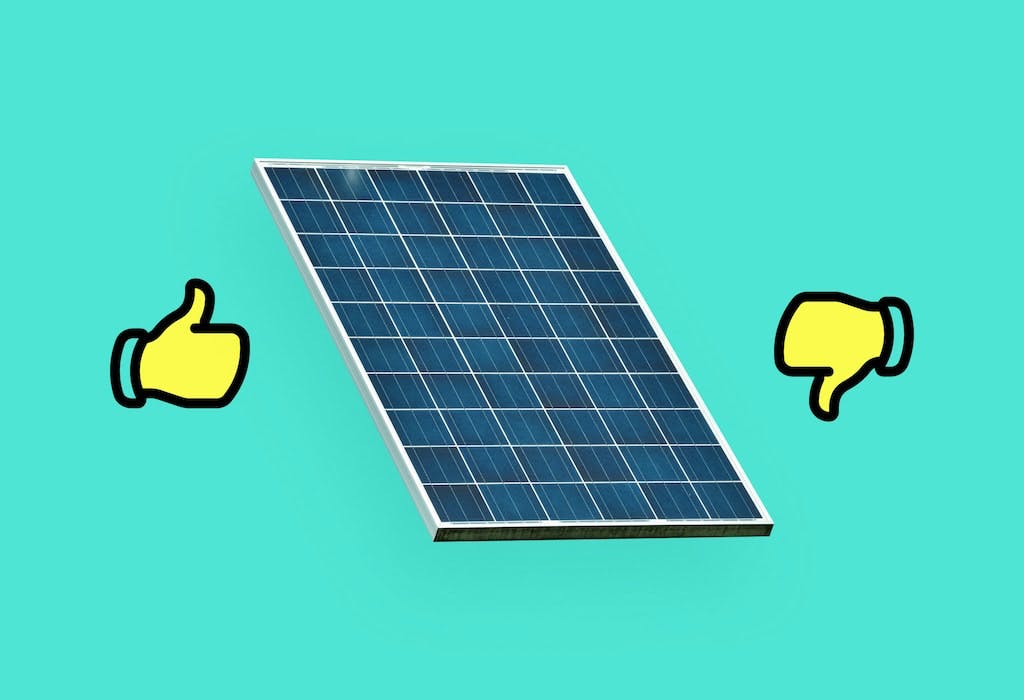- Solar advice hub
- Costs
- Solar Together: is it worth it?
Solar Together: is it worth it?
We run through exactly how Solar Together works, its key benefits and drawbacks, and some of its main successes and failures.


Why you can trust our content
We know that the solar industry is full of misinformation, but we only use reliable sources, including:
- Our experienced solar experts, installers and system designers
- Our own database of solar & battery system designs
- Authoritative bodies like MCS and the UK government



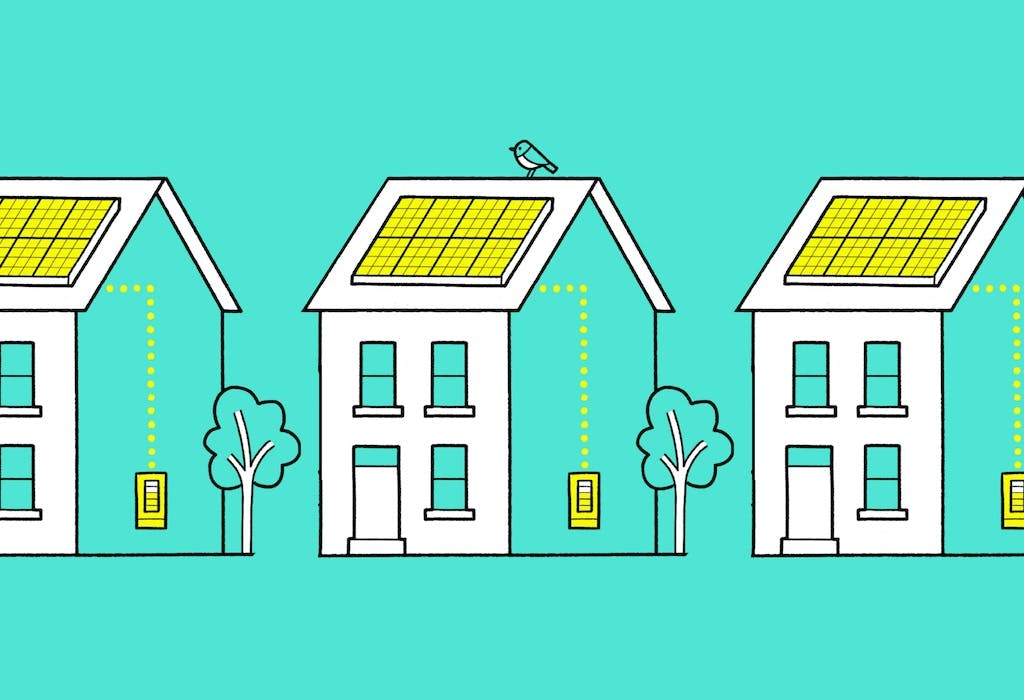
Calculate savings
What kind of home do you live in?
Calculate savings
What kind of home do you live in?
Solar Together: at a glance
Managed by local councils and facilitated by a private company called iChoosr, the Solar Together scheme aims to make solar energy adoption simpler, cost-effective, and community-driven across England and Wales.
But while Solar Together might seem like an enticing opportunity for affordable solar installations, it’s not without its drawbacks, and certain instances of the scheme have led to major problems for homeowners (particularly in London).
What’s more, if someone wants to switch to solar but doesn’t have any savings, Solar Together is unlikely to help. In contrast, our solar subscription is available at no upfront cost, and instead has a fixed monthly fee for 20 years. Just answer a few questions below to sign up.
What is Solar Together?
Solar Together is a group-buying scheme, founded in 2015, that helps households in England and Wales to get solar panels at lower costs.
It brings together residents and local councils to negotiate discounted rates by bulk purchasing.
Solar Together makes it easier for people to get great solar installations without breaking the bank, so more communities can go green. In some cases, the scheme has managed to secure prices that are 30-35% less than the standard market rate.
How does Solar Together work?
Solar Together operates through a simple process:
- Registration: If you're interested, complete the free online form and provide details about your household, roof and electricity usage.
- Auction: Pre-vetted solar suppliers compete in a reverse auction to offer the lowest bid for the group's installations.
- Recommendation: Once the auction finishes, you'll receive a tailored offer via email, outlining the winning bid, system specifications, costs, and your potential savings.
- Decision: Time to review your offer. There's no obligation for you to accept at this stage, but you'll have to pay a £150 deposit if you choose to go ahead.
- Installation: The winning installer will get in touch to book in your technical surveys and installations, with the aim to complete within six months.
Throughout the process, the scheme offers dedicated help desks and information sessions to support participants, ensuring a smooth and informed process.
Where is Solar Together available?
Solar Together is available across England, spanning regions from Essex and Bristol in the south, to Leicester and Rugby in the midlands, and Cheshire and Wirral in the north.
Households in Wales can also access the scheme, in councils from Cardiff to Caerphilly.
Check if your local council offers the scheme by using Solar Together's interactive tool.
The pros and cons of Solar Together
The Solar Together scheme may have some significant benefits for certain communities, but it also comes with a few drawbacks that are well worth being aware of.
The advantages of Solar Together
- Cost savings through a group-buying scheme
- Simpler process
- Greater environmental impact
By pooling your resources with others in your community, Solar Together makes solar installations more affordable and accessible. Through group-buying, you could potentially get a 30-35% discount on installation costs.
The solar installation process is also streamlined and hassle-free (in theory). By eliminating the need for extensive research and comparison, it offers a simpler process for participants, reducing the time and effort required to go solar.
And finally, when you join Solar Together, you're teaming up with others to make a bigger impact on your community’s collective carbon footprint.
The disadvantages of Solar Together
- High upfront cost
- Potentially long wait for installation day
- Lack of post-installation support
- Some issues with monitoring apps
One notable disadvantage of Solar Together, as with any solar panel installation, is the high initial cost.
Despite the potential 30-35% savings, the upfront investment may be a significant barrier for some. For instance, a £10,000 solar & battery system reduced to £7,000 could still be unthinkable for many homes. To learn more, check out our guide to solar panel costs.
Once you’ve decided to go ahead with the scheme, the wait for installation day can also be pretty long - sometimes up to six months. This is partly due to the scale of the operation, and the additional planning involved.
And after the work is done, it’s possible you’ll be left to deal with subsequent issues on your own, with negative reviews of Solar Together often focussing on the lack of post-installation support. Unhappy customers have highlighted not receiving enough help with any problems that arise further down the line, as well as experiencing glitches and usability problems with their installer’s monitoring app.
However, it's important to note that experiences may vary depending on the chosen installer, with some customers experiencing more issues than others.
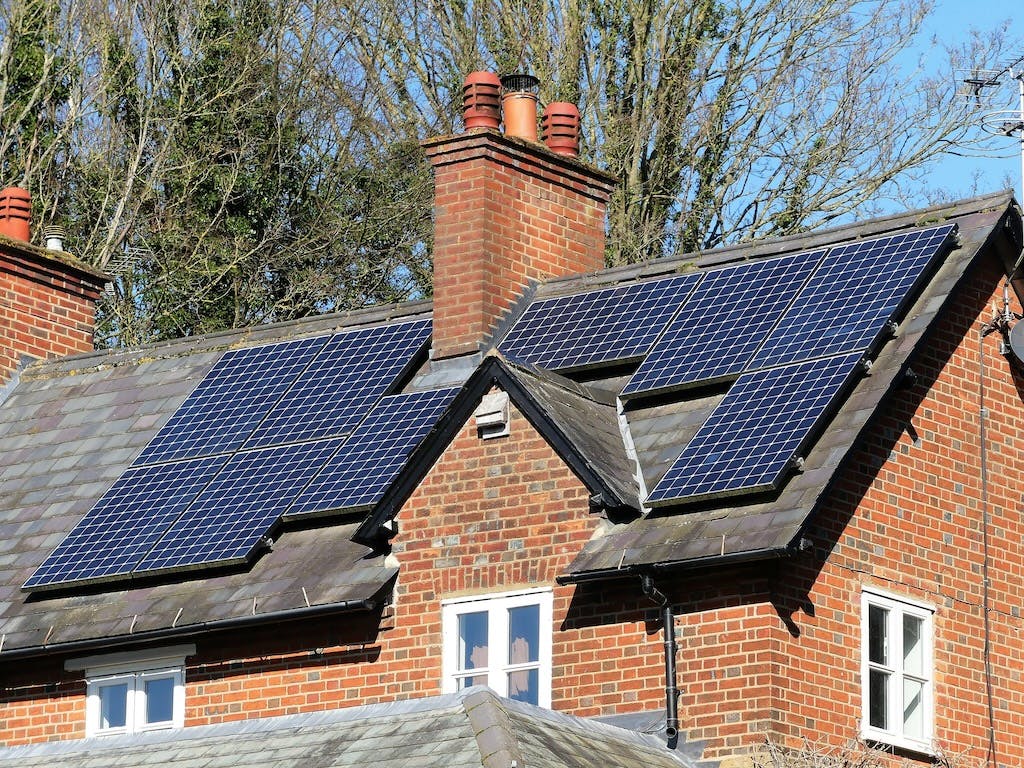
Who can access Solar Together?
Solar Together is accessible to both homeowners and tenants (with permission from their landlord), provided they meet the physical criteria and live in a region where the scheme is available.
In terms of physical requirements, your property must have a suitable roof for solar panel installation. This means it should have the right structural integrity, adequate space, and ample daylight for optimal solar energy production.
Plus, you'll need to meet any specific requirements from your local council or participating authority.
For instance, you might struggle to get solar panels if you live in a conservation area.
How to sign up for Solar Together
Signing up for Solar Together starts with online registration and providing details about your property. Check if your local council has an active scheme running by using Solar Together's interactive tool.
After registration, you have to wait for the reverse auction, where suppliers compete to offer the best price. Your local council will usually tell you when the auction is expected to take place.
Once the auction is over, an installer will be selected and you’ll be asked if you want to go ahead. However, the wait for installation day via Solar Together can typically be up to six months.
Solar Together success stories
In Suffolk, the Solar Together initiative has been a resounding success, with over 2,100 households installing solar panels since 2018. Participants have saved an average of £2,000 on installation costs and around £140 annually on energy bills.
London and Essex have also seen impressive results, with London installing over 3,300 systems and Essex installing over 2,220 systems. The installations in Essex are predicted to save over 44,200 tonnes of CO2 over the next 25 years.
Solar Together’s failures
Although the Solar Together participation rates were initially high across London, the latter phases of the project were hit with several problems - especially for customers in the south London boroughs.
Green Energy Together (GET) won the Solar Together auction as the sole contractor for installations in the capital, but the installer was unable to cope with demand, and it ended in chaotic customer service, unresponsive support, and poorly executed installations.
For instance, this customer paid a deposit for solar panels from Green Energy Together, and “all [they] got was scaffolding”.
GET had so many service failures that public officials questioned the entire scheme and the public lost trust in the management and vetting processes.
In February 2023, the Microgeneration Certification Scheme (MCS) suspended GET, leaving recently completed installations without certifications. Unfortunately, this barred those customers from earning export income through the Smart Export Guarantee (SEG).
Eventually, GET's troubles led to bankruptcy and liquidation, resulting in a long list of ongoing claims for deposits and resolution for incomplete installations.
The best alternatives to Solar Together
The good news is that Solar Together is not the only way to find an affordable route to solar.
Here are two notable alternatives:
Sunsave Plus
Sunsave Plus is the UK’s first solar & battery subscription service. We give people the opportunity to switch to solar at no upfront cost, and instead pay a fixed monthly fee across 20 years.
Our solar subscription also includes full maintenance and monitoring support, which covers replacement parts, insurance and downtime cover (called the Sunsave Guarantee).
To sign up for Sunsave Plus, just answer a few quick questions below and we’ll get back to you.
Solar panel grants
There are various grants and schemes available in the UK to support homeowners in their switch to greener energy solutions.
Examples include export tariff schemes like the SEG, which offers payments for excess energy exported to the grid, VAT discounts on solar panels and storage batteries, and the Home Upgrade Grant or ECO4.
Summary
While Solar Together presents an attractive opportunity for many, it's essential to weigh its advantages and disadvantages against your individual circumstances.
Whether it's about eligibility, preferences, or concerns regarding specific installers, exploring alternatives and conducting thorough research will always ensure you find your best fit.
To avoid some of the key drawbacks of Solar Together (such as initial upfront cost, a potentially long wait, and a possible lack of post-installation support), it’s definitely worth considering Sunsave Plus.
Solar Together: FAQs
Related articles

Written byMelody Abeni
Based in London, Melody is a specialist green technology writer who has been covering sustainability, climate action and ESG for the past five years, after gathering operational experience in green investing and financial services. She has written for various industry publications, including renewable technology advisor The Eco Experts, and she holds a Master’s degree in law from Birkbeck University.
